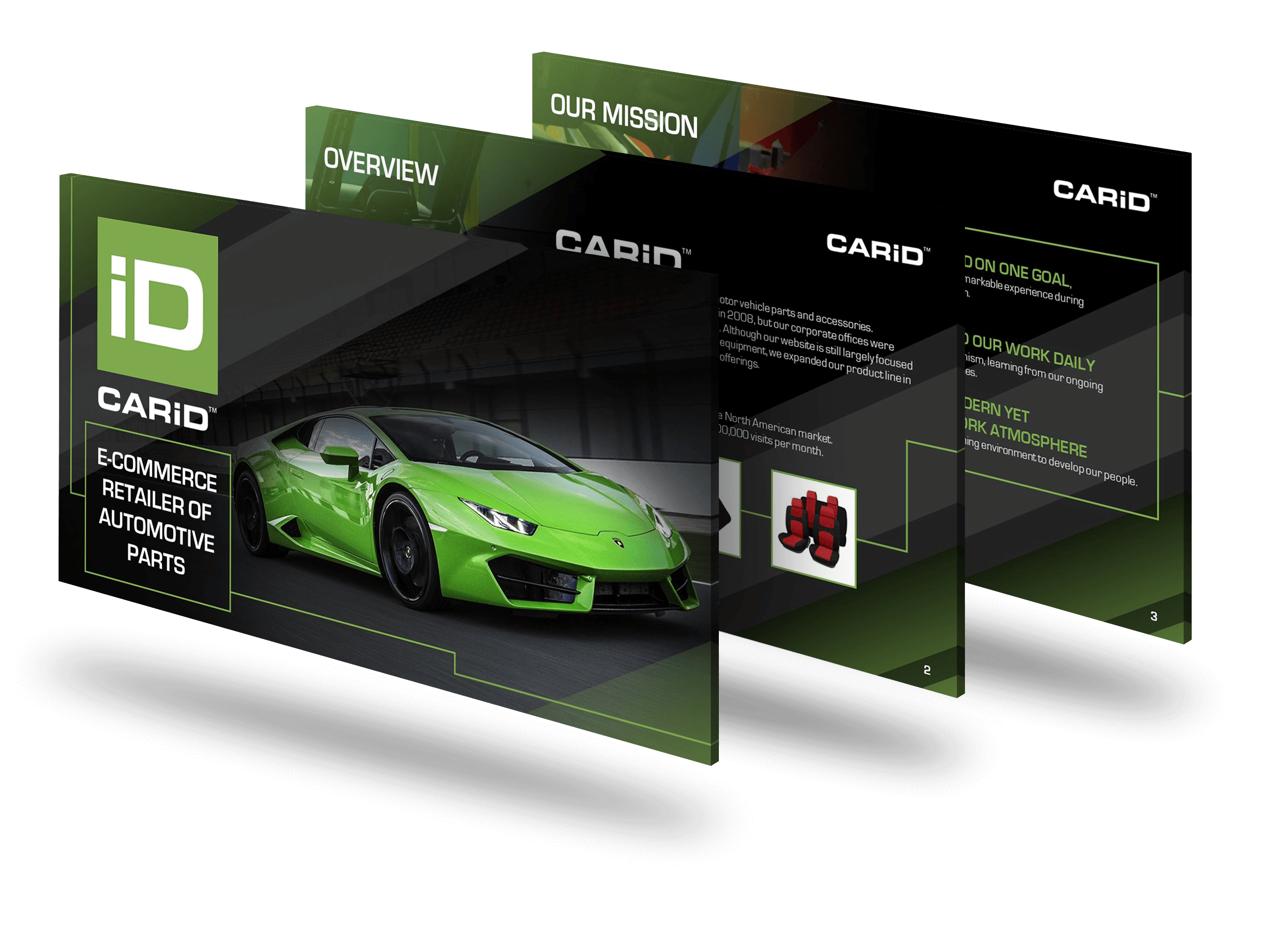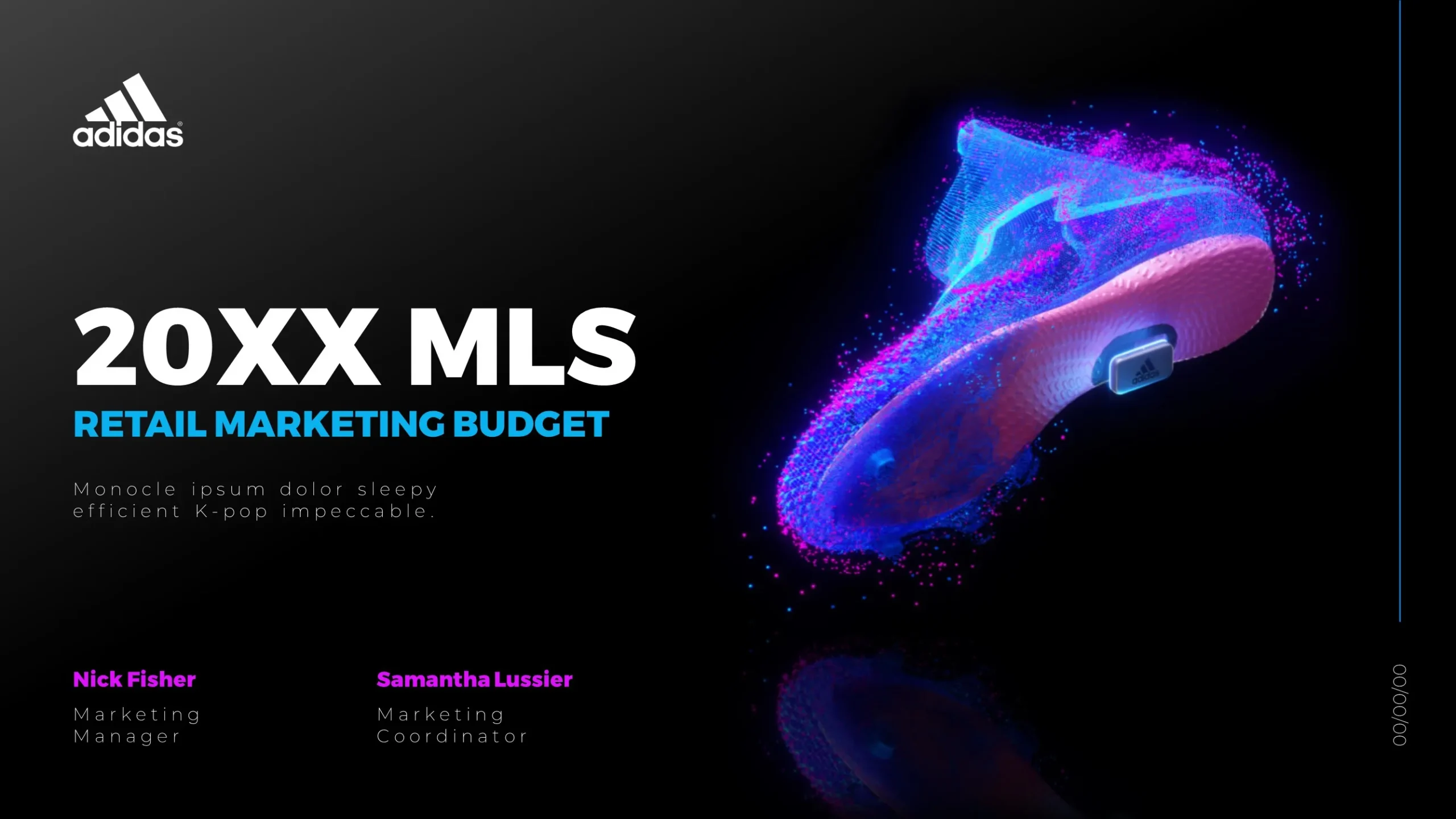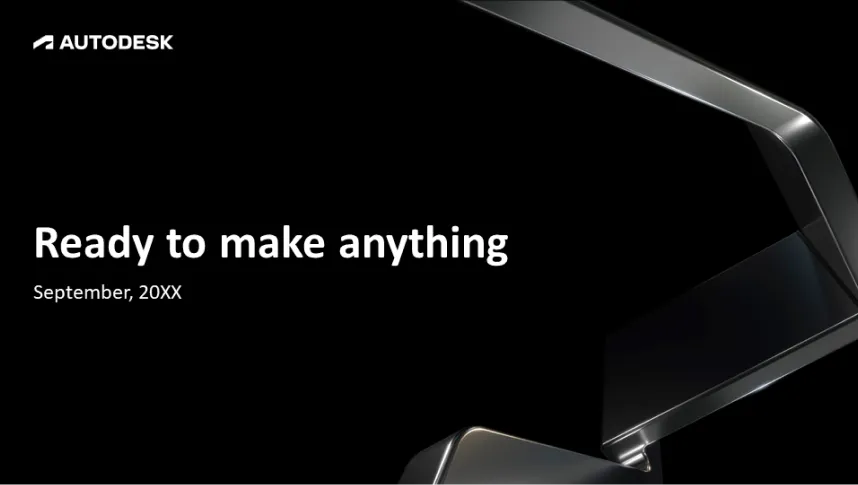Designing an effective presentation while working remotely involves a few key strategies to ensure clarity, engagement, and professionalism. First, leverage cloud-based collaboration tools like Google Slides or Microsoft PowerPoint Online, which allow multiple team members to work on the presentation simultaneously. This ensures that everyone is on the same page and can contribute in real-time. Second, establish a clear structure and outline for your presentation before diving into design. This helps maintain focus and ensures that your message is coherent. Use a consistent theme and color scheme to create a visually appealing and professional look. High-quality visuals, such as images, charts, and infographics, can significantly enhance your presentation and keep your audience engaged. Third, consider using templates that are specifically designed for remote presentations. These templates often include features that are optimized for virtual settings, such as larger text and simplified layouts, which can be more effective when viewed on a screen. Additionally, practice good communication with your team. Regular check-ins and feedback sessions can help identify any issues early on and ensure that the presentation meets everyone’s expectations. Utilize video conferencing tools to discuss design elements and make real-time adjustments. Finally, test your presentation on different devices and screen sizes to ensure it looks good everywhere. This is particularly important for remote presentations, as your audience may be viewing from various devices. By following these strategies, you can create a compelling and professional presentation that effectively communicates your message, even while working remotely.
View Our Presentation Portfolio










